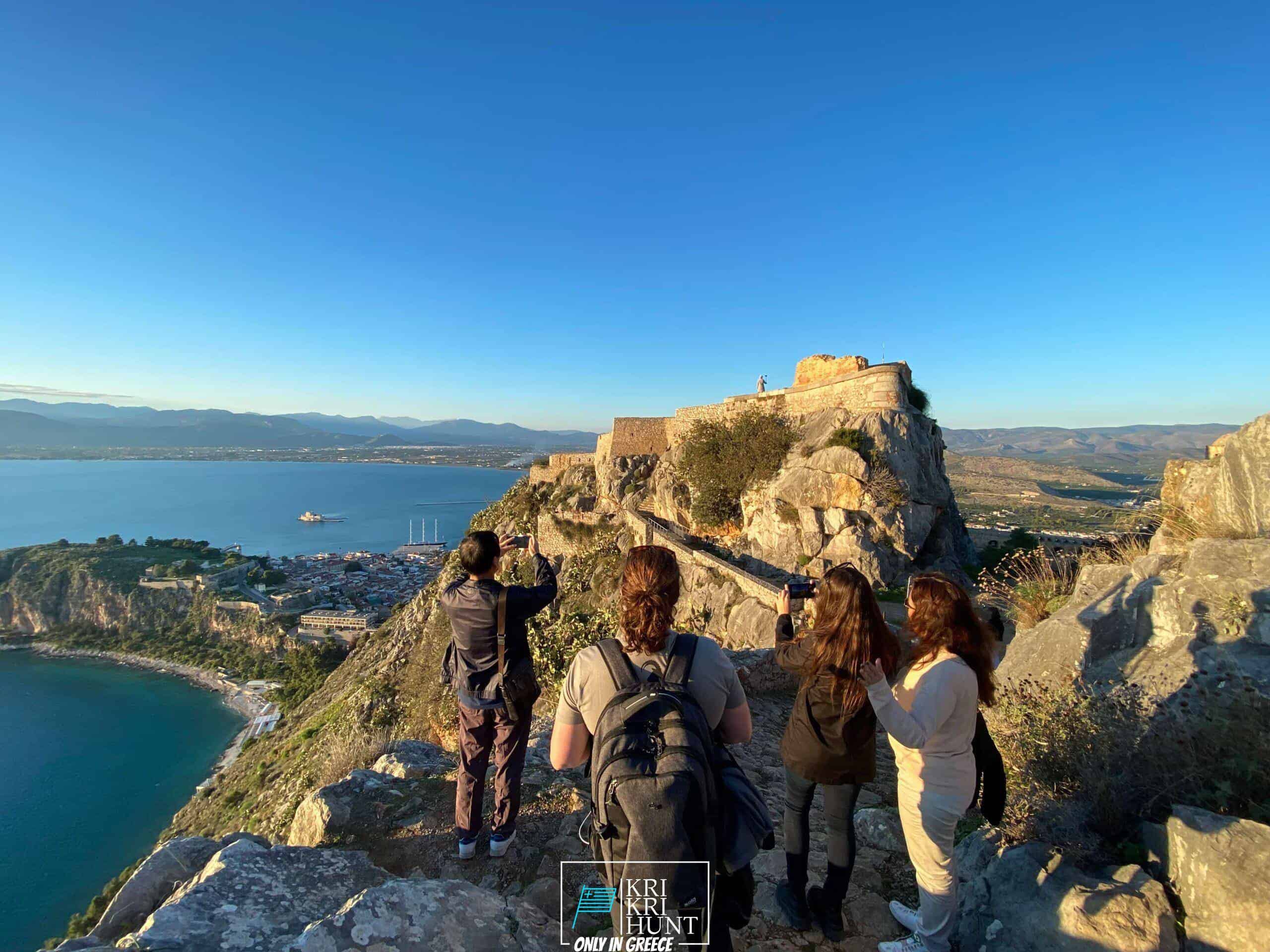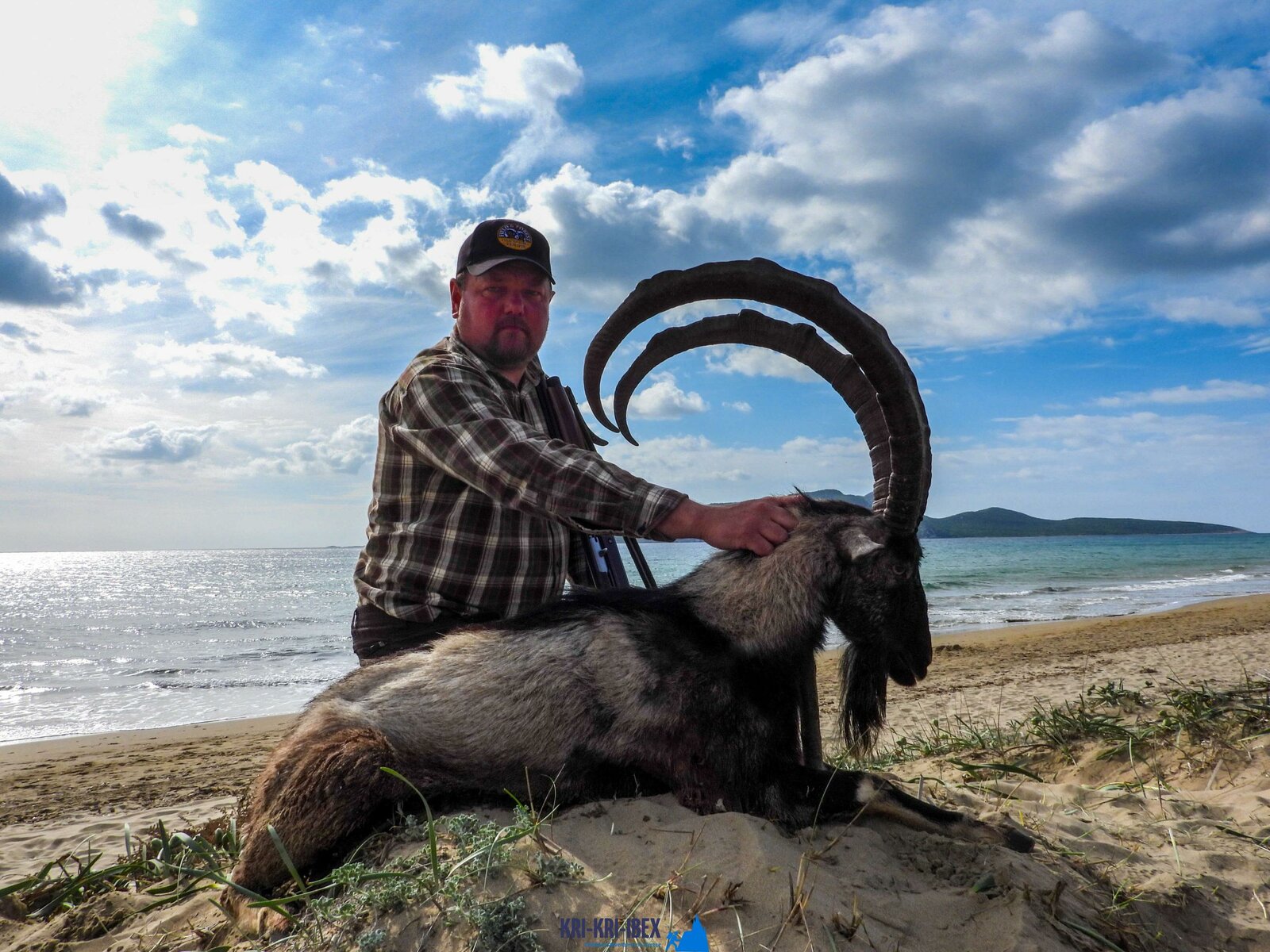The adventure of the Kri Kri ibex hunt, an opportunity to be one with nature on an exotic Greek island
The adventure of the Kri Kri ibex hunt, an opportunity to be one with nature on an exotic Greek island
Blog Article

Searching for Kri Kri ibex in Greece is an exciting hunting and an unbelievable holiday expedition all rolled into one. For a lot of hunters, ibex hunting is a challenging undertaking with unpleasant problems, but not in this case! During five days of visiting old Greece, diving to shipwrecks, as well as spearing, you'll experience lovely Kri Kri ibex on an unique island. What else could you want?

Because it is not set, the number of Ibexes rises and fall with the populace. The Ibexes of the Cretan Ibex breed Kri-Kri is the tiniest ibex in regards to body weight, but not horn length (Capra Aegagrus Cretica). A few samplings that went uncounted measured 115 cm (45 inches). The gold prize is 61 centimeters (24 inches) long. The Kri-Kri ibex is pursued in Greece at this time. Hunting is offered on Atalanti as well as Sapientza. Searching is allowed on Atalanti from the last week of October to the very first week of December. Hunting is allowed on Sapientza for the whole month of November, relying on climate condition.
The Peloponnese is the southernmost part of mainland Greece as well as could be taken into consideration the "actual" Greece to many. It provides a range of landscapes from magnificent coastlines, rough coast populated with tiny coves, medieval villages clinging to mountain sides, rolling hills as well as valleys, olive groves and even vineyards. In between lie stays of historic sites and ancient people going back countless years. The environment below is milder than in the majority of various other parts of Greece due largely to its southerly place and additionally because it is surrounded by water on 3 sides-- the Ionian Sea to the west, the Myrtoan Sea to the southwest and also the Saronic Gulf to the east. Consequently there are lots of sunlight hrs making it ideal for exterior activities such as hiking, climbing, kayaking along with swimming as well as watersports. You can conveniently spend a month in this stunning area without lacking things to do! Among our most popular activities is angling in Methoni. We offer half day or complete excursion where you can try your hand at deep sea angling, bottom angling or trolling. If you are currently qualified, you can additionally go spearfishing or cost-free diving. Then we can set up for lessons with one of our seasoned trainers that will teach you all the essentials, if you desire to find out exactly how to fish. Fishing is a terrific way to delight in and also kick back nature at its finest. The crystal clear waters offer great presence for discovering fish in addition to for seeing any kind of sea animals that you could encounter such as turtles or dolphins. It's likewise a fantastic way to obtain some workout while delighting in the fresh air and also magnificent landscapes. Our Peloponnese trips take you off the beaten track to check out some of the minimal known treasures of this gorgeous area. Our excursions are made for little teams so that you can get a more intimate experience and truly learn more about your fellow travelers. You will remain in family members run holiday accommodation where feasible so that you can experience typical Greek hospitality at its finest. We make use of regional overviews who are professionals in their area and also that will share their expertise as well as enthusiasm for this fantastic place with you. Our tours are energetic so be prepared to do some walking or hiking yet we guarantee it will be worth it! Highlights include brows through to old sites such as Mycenae, Olympia (the birth area of the Olympic Games) and Epidaurus-- just among others. You will also get to experience standard Greek village life, swim in concealed coves, explore middle ages castles set down on hills with breathtaking sights as well as much more!
There is truly something for everyone in the Peloponnese peninsula. Whether you are interested in history and culture or nature as well as outside activities, this is an excellent destination for your next vacation. If you are short promptly, our hunting and also exploring Peloponnese Tours from Methoni is a terrific means to see whatever this spectacular area needs to offer.And finally, your Kri Kri ibex trophy is awaiting you.
What is the diference between Kri Kri ibex, Bezoar ibex and hybrid ibex
The kri-kri is not thought to be indigenous to Crete, most likely having been imported to the island during the time of the Minoan civilization. Nevertheless, it is found nowhere else and is therefore endemic to Crete. It was common throughout the Aegean but the peaks of the 8,000 ft (2,400 m) White Mountains of Western Crete are their last strongholds–particularly a series of almost vertical 3,000 ft (900 m) cliffs called ‘the Untrodden’—at the head of the Samaria Gorge. This mountain range, which hosts another 14 endemic animal species, is protected as a UNESCO Biosphere Reserve. In total, their range extends to the White Mountains, the Samaria National Forest and the islets of Dia, Thodorou, and Agii Pandes.
This Ibex is NOT a diminutive form of the Bezoar Ibex, which has migrated into the western-most reach of the range of this species. The kri – kri (Capra aegagrus cretica), sometimes called the Cretan goat, Agrimi, or Cretan Ibex, is a feral goat inhabiting the Eastern Mediterranean, previously considered a subspecies of wild goat. The kri-kri has a light brownish coat with a darker band around its neck. It has two horns that sweep back from the head. In the wild they are shy and avoid tourists, resting during the day. The animal can leap some distance or climb seemingly sheer cliffs.
“The agrimi goat Capra aegagrus cretica is unique to Crete and its offshore islands. It has been identi®ed as a sub-species of the wild bezoar goat Capra aegagrus aegagrus Erxleben, 1777, which it closely resembles in horn shape, body form and coloration. This classi®cation has been disputed by some researchers who claim that the agrimi are feral goats, derived from early domestic stock brought to the island by the ®rst Neolithic settlers. In order to clarify this issue, DNA analyses (cytochrome b and D loop sequences) were carried out on tissue of live and skeletonized agrimi and compared to sequences of wild and domestic caprines. Results conclusively show the agrimi to be a feral animal, that clades with domestic goats (Capra hircus) rather than with wild Asiatic bezoar. This study demonstrates that morphometric criteria do not necessarily re¯ect genetic af®nities, and that the taxonomic classi®cation of agrimi should be revised.”
Report this page